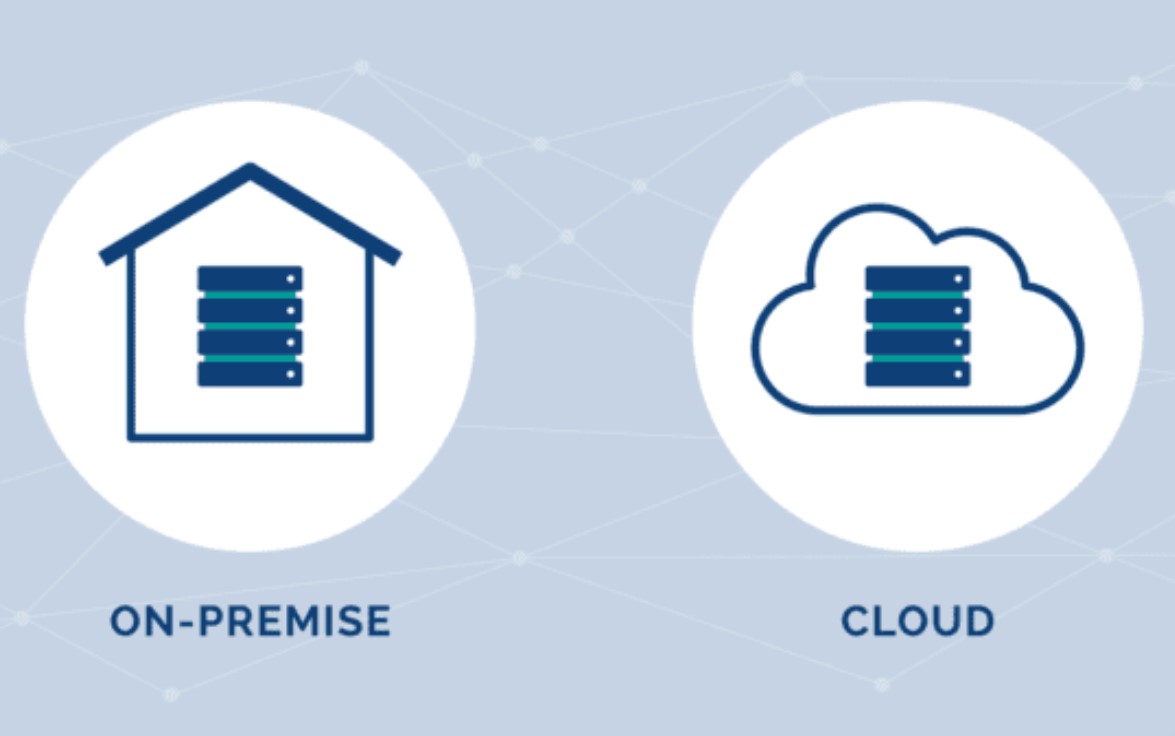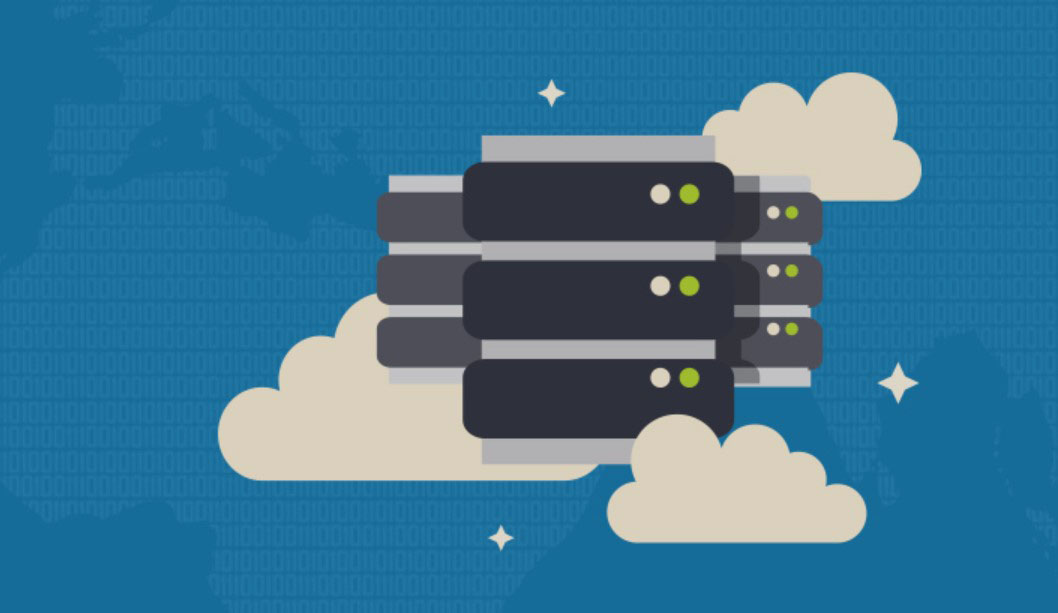
Credit card debt can significantly impact your credit score, which in turn affects your ability to secure loans, mortgages, and even certain jobs. Understanding how credit card debt influences your credit score and learning strategies to manage and improve your financial health is essential. In this article, we will explore the relationship between credit card debt and credit scores, the benefits of managing debt, and review top products that can help you regain control of your finances.
Understanding Credit Card Debt and Credit Scores

What is Credit Card Debt?
Credit card debt arises when you use your credit card to make purchases, withdraw cash, or transfer balances and then fail to pay off the full amount by the due date. Instead, you carry a balance from month to month, accruing interest on the unpaid portion. Credit cards typically charge high-interest rates, which can make it challenging to pay off the debt if not managed properly.
Credit card debt can accumulate quickly, especially if you only make minimum payments. The interest compounds, meaning you are charged interest on the interest that was added to your balance in previous months. This can lead to a debt spiral, where the amount owed grows exponentially and becomes difficult to manage.
Key Factors Contributing to Credit Card Debt
- High-Interest Rates:
- Credit cards often come with high annual percentage rates (APRs), sometimes exceeding 20%. This high interest can make it difficult to pay down the principal balance, especially if you’re only making minimum payments.
- Minimum Payments:
- Credit card issuers typically require a minimum payment, which is a small percentage of the outstanding balance. Paying only the minimum prolongs the repayment period and increases the total interest paid.
- Impulsive Spending:
- The ease of using credit cards can lead to impulsive spending, especially for non-essential items. This can quickly add up, resulting in a high balance that becomes challenging to pay off.
- Lack of Financial Planning:
- Without a clear budget and financial plan, it’s easy to overspend and rely on credit cards to cover expenses, leading to debt accumulation.
- Emergencies and Unexpected Expenses:
- Emergencies such as medical bills, car repairs, or job loss can lead to significant credit card debt if you don’t have sufficient savings to cover these expenses.
Understanding Credit Scores
A credit score is a numerical representation of your creditworthiness, which is used by lenders to evaluate the risk of lending you money. It ranges from 300 to 850, with higher scores indicating better creditworthiness. Credit scores are calculated based on information in your credit report, which is a detailed record of your credit history. The two most commonly used credit scoring models are FICO and VantageScore.
Key Factors Affecting Credit Scores
- Payment History (35%):
- Impact: Payment history is the most significant factor in your credit score. Lenders want to see a history of on-time payments. Missed or late payments can severely impact your score.
- Tip: Set up automatic payments or reminders to ensure you never miss a due date.
- Credit Utilization Ratio (30%):
- Impact: This is the ratio of your current credit card balances to your credit limits. A lower ratio is better for your credit score. It’s generally recommended to keep your utilization below 30%.
- Tip: Pay down your balances regularly and consider requesting a credit limit increase to improve your ratio.
- Length of Credit History (15%):
- Impact: A longer credit history can improve your credit score, as it provides more data on your borrowing behavior. This factor considers the age of your oldest account, the average age of all your accounts, and the age of specific types of accounts.
- Tip: Avoid closing old credit accounts, as this can shorten your credit history.
- New Credit (10%):
- Impact: Opening multiple new credit accounts in a short period can lower your credit score. This is because it increases the number of hard inquiries on your report and may indicate higher credit risk.
- Tip: Space out applications for new credit to minimize the impact on your score.
- Credit Mix (10%):
- Impact: A diverse mix of credit types (e.g., credit cards, mortgages, auto loans) can positively affect your credit score. It shows lenders that you can manage different types of credit responsibly.
- Tip: While it’s not advisable to take on debt solely to improve your credit mix, managing a variety of credit accounts responsibly can benefit your score.
The Relationship Between Credit Card Debt and Credit Scores

Credit card debt directly impacts several key factors of your credit score. Here’s how:
- Payment History:
- Influence: Consistently making on-time payments builds a positive payment history, the most significant factor in your credit score. Missed or late payments can quickly lower your score.
- Strategy: Ensure timely payments by setting up automatic payments or payment reminders.
- Credit Utilization:
- Influence: High credit card balances relative to your credit limits (high credit utilization) can lower your credit score. Conversely, low utilization improves your score.
- Strategy: Aim to keep your credit utilization below 30% by paying down balances and avoiding maxing out your cards.
- Length of Credit History:
- Influence: The longer you have managed credit accounts, the better it is for your credit score. Closing old accounts can shorten your credit history and potentially lower your score.
- Strategy: Keep old accounts open, even if you don’t use them regularly, to maintain a longer credit history.
- New Credit:
- Influence: Applying for multiple new credit accounts in a short time can negatively impact your score due to hard inquiries and potential overextension of credit.
- Strategy: Limit new credit applications and space them out over time.
- Credit Mix:
- Influence: A healthy mix of credit accounts (revolving credit like credit cards and installment loans like mortgages) can positively influence your score.
- Strategy: If possible, maintain a balanced mix of credit types, but only take on new credit when necessary and manageable.
Top Products to Manage Credit Card Debt

1. Discover Balance Transfer Credit Card
Features:
- 0% introductory APR on balance transfers for 18 months
- No annual fee
- Cashback rewards on purchases
Pros:
- Long 0% APR period for balance transfers
- No annual fee
- Earn rewards while paying down debt
Cons:
- Balance transfer fee applies
- High APR after introductory period
Price: No annual fee, 3% balance transfer fee
2. Citi Simplicity Card
Features:
- 0% APR on balance transfers for 21 months
- No late fees or penalty APR
- No annual fee
Pros:
- Long 0% APR period for balance transfers
- No late fees or penalty APR
- No annual fee
Cons:
- Balance transfer fee applies
- No rewards program
Price: No annual fee, 5% balance transfer fee
3. Chase Slate Edge
Features:
- 0% APR on purchases and balance transfers for 12 months
- Automatic credit line review for an increase
- No annual fee
Pros:
- No annual fee
- 0% APR period for purchases and transfers
- Credit line increase potential
Cons:
- Shorter 0% APR period compared to other cards
- Balance transfer fee applies
Price: No annual fee, 3% balance transfer fee
4. Wells Fargo Reflect Card
Features:
- 0% introductory APR on purchases and qualifying balance transfers for 18 months
- No annual fee
- Cell phone protection benefits
Pros:
- Long 0% APR period
- No annual fee
- Additional benefits like cell phone protection
Cons:
- Balance transfer fee applies
- Higher APR after introductory period
Price: No annual fee, 3% balance transfer fee
5. BankAmericard Credit Card
Features:
- 0% APR for 18 billing cycles on purchases and balance transfers
- No annual fee
- Access to FICO® Score for free
Pros:
- Long 0% APR period
- No annual fee
- Free access to FICO® Score
Cons:
- Balance transfer fee applies
- Limited rewards program
Price: No annual fee, 3% balance transfer fee
Comparison Table of Credit Card Debt Management Products
| Product | Use Case | Pros | Cons | Price | Features |
|---|---|---|---|---|---|
| Discover Balance Transfer | Balance transfers | Long 0% APR period, no annual fee | Balance transfer fee, high post-APR | No annual fee, 3% transfer fee | 0% APR for 18 months, cashback rewards |
| Citi Simplicity Card | Late fee avoidance | No late fees, long 0% APR period | Balance transfer fee, no rewards | No annual fee, 5% transfer fee | 0% APR for 21 months, no late fees |
| Chase Slate Edge | Credit line increase | No annual fee, credit line increase | Shorter 0% APR period | No annual fee, 3% transfer fee | 0% APR for 12 months, credit line review |
| Wells Fargo Reflect Card | Cell phone protection | Long 0% APR period, cell protection | Balance transfer fee | No annual fee, 3% transfer fee | 0% APR for 18 months, cell phone protection benefits |
| BankAmericard Credit Card | Free credit score | Long 0% APR period, no annual fee | Balance transfer fee, limited rewards | No annual fee, 3% transfer fee | 0% APR for 18 billing cycles, free FICO® Score access |
Benefits of Specific Products
Discover Balance Transfer Credit Card
- Debt Management: The Discover Balance Transfer Credit Card offers a long 0% introductory APR on balance transfers, making it an excellent tool for consolidating and paying down existing credit card debt without accruing additional interest.
- Cashback Rewards: While paying off debt, cardholders can also earn cashback on purchases, providing added value.
Citi Simplicity Card
- No Late Fees: The Citi Simplicity Card is ideal for those who want to avoid late fees and penalty APRs. Its long 0% APR period on balance transfers helps in managing and reducing debt effectively.
- Ease of Use: With no annual fee and straightforward terms, this card is user-friendly and helps maintain financial discipline.
Chase Slate Edge
- Credit Line Increase: The Chase Slate Edge card automatically reviews your credit line for an increase, helping you improve your credit utilization ratio over time. This can positively impact your credit score.
- No Annual Fee: The absence of an annual fee makes it a cost-effective option for debt management.
Wells Fargo Reflect Card
- Additional Benefits: Beyond a long 0% APR period, the Wells Fargo Reflect Card offers cell phone protection benefits, adding an extra layer of value for cardholders.
- Debt Consolidation: The lengthy introductory APR period makes it a strong candidate for consolidating higher-interest debt into a more manageable payment plan.
BankAmericard Credit Card
- Free FICO® Score Access: Cardholders can regularly check their FICO® Score for free, helping them monitor their credit health while managing debt.
- Long 0% APR Period: The extended 0% APR period on purchases and balance transfers allows for significant debt reduction without interest charges.
How to Manage Credit Card Debt
Effective debt management involves a combination of strategic planning and disciplined financial habits. Here are some steps to manage and reduce credit card debt:
- Create a Budget:
- Track your income and expenses to identify areas where you can cut back and allocate more funds towards debt repayment.
- Use Balance Transfer Cards:
- Transfer high-interest debt to a credit card with a 0% introductory APR period to save on interest and pay down the principal faster.
- Prioritize Payments:
- Focus on paying off high-interest debts first while making minimum payments on other debts to reduce the overall interest burden.
- Avoid New Debt:
- Limit the use of credit cards for new purchases until your existing debt is under control.
- Seek Professional Help:
- Consider working with a credit counseling agency or financial advisor to develop a personalized debt management plan.
How to Buy and Use Debt Management Products
Purchasing and using debt management products involves several steps:
- Research and Compare:
- Visit the websites of the credit card providers listed above and compare their features, pros, cons, and pricing.
- Choose a Card:
- Select a balance transfer credit card that best suits your needs based on the length of the 0% APR period, fees, and additional benefits.
- Apply Online:
- Fill out the online application form on the provider’s website. You may need to provide personal and financial information for the application process.
- Transfer Balances:
- Once approved, initiate a balance transfer from your high-interest credit cards to the new card with the 0% APR period.
- Make Payments:
- Set up automatic payments to ensure timely payments and avoid late fees. Focus on paying down the debt within the introductory APR period to maximize savings.
Use Cases and Solutions
Consolidating High-Interest Debt
- Problem: High-interest credit card debt can accumulate quickly, making it difficult to pay off the principal.
- Solution: Use a balance transfer card with a 0% APR period to consolidate debt from multiple high-interest cards into one manageable payment plan, reducing overall interest costs.
Improving Credit Utilization Ratio
- Problem: High credit utilization negatively impacts your credit score.
- Solution: Increase your available credit by using balance transfer cards or requesting a credit line increase. This can lower your credit utilization ratio and improve your credit score.
Reducing Financial Stress
- Problem: Managing multiple credit card payments can be stressful and overwhelming.
- Solution: Consolidate your debt into one payment using a balance transfer card. This simplifies your payment schedule and helps you focus on paying down debt systematically.
FAQs
1. How does credit card debt affect my credit score?
Answer: Credit card debt affects your credit score through factors like payment history, credit utilization ratio, and length of credit history. High balances and missed payments can lower your score, while timely payments and low utilization can improve it.
2. What is a balance transfer credit card?
Answer: A balance transfer credit card allows you to transfer high-interest debt from one or more credit cards to a new card with a lower or 0% introductory APR period, helping you save on interest and pay down debt faster.
3. How can I improve my credit score while managing credit card debt?
Answer: Improve your credit score by making timely payments, keeping your credit utilization below 30%, avoiding new debt, and maintaining a mix of credit types. Using balance transfer cards effectively can also help.
4. Are there fees associated with balance transfer credit cards?
Answer: Yes, most balance transfer credit cards charge a balance transfer fee, typically ranging from 3% to 5% of the transferred amount. However, the savings on interest can outweigh the transfer fee.
5. How do I choose the right balance transfer credit card?
Answer: Choose a balance transfer credit card based on factors like the length of the 0% APR period, balance transfer fees, additional benefits, and your specific debt management needs.
By understanding the impact of credit card debt on your credit score and utilizing effective debt management strategies, you can regain control of your finances, improve your credit score, and achieve greater financial stability. Choose the right products and take proactive steps to reduce your debt and enhance your financial health.







